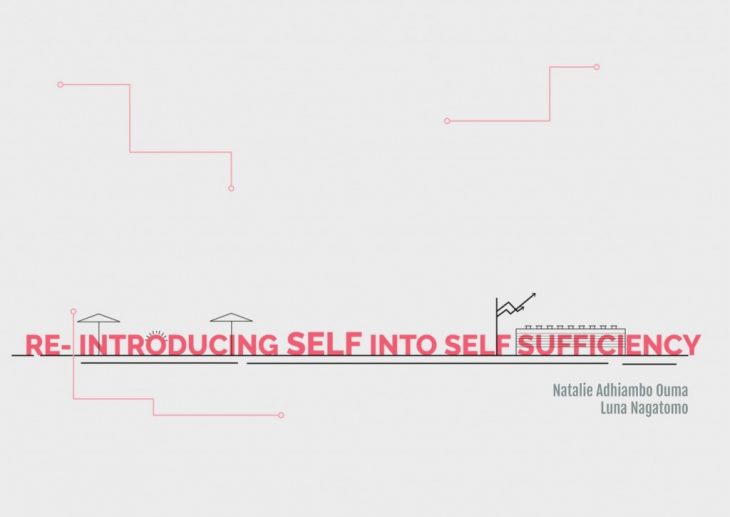
A design solution to make Poblenou in Barcelona an energy self sufficient district. This was the assignment for the Internet of Cities studio in the first term of Master in City and Technology, 2018 – 2019.
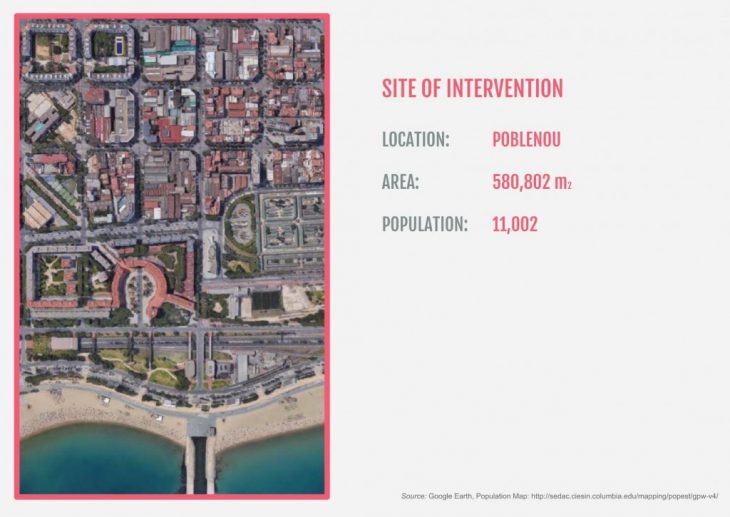
The site of intervention consists of residential and commercial buildings with public space towards the beach.
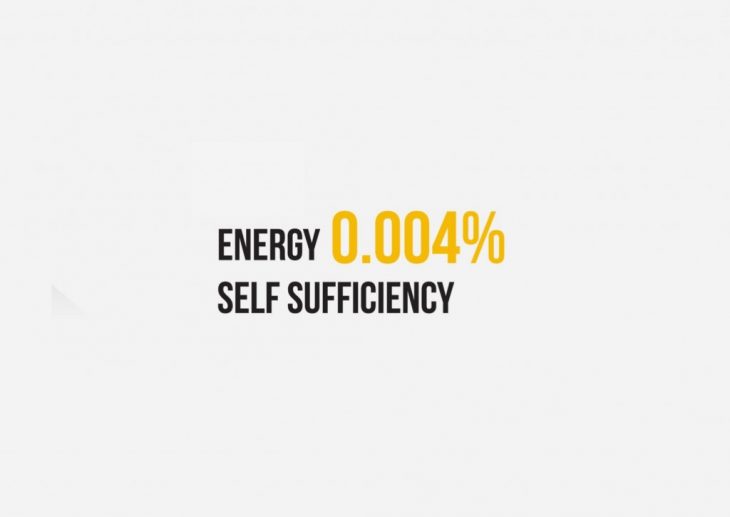
Energy self sufficiency is defined by the City Council of Barcelona as energy produced from local resources divided by the total energy consumption. According to this definition, the energy self sufficiency of the project site is 0.004%.
Yes, shockingly low.
While the city council is making significant efforts towards energy self sufficiency, we noticed that citizens are not doing much. There is no sight of solar panels on the roofs despite Barcelona having a high solar energy potential. On the other hand, even if citizens do start setting up solar panels, there is not enough space to produce the energy that we consume.
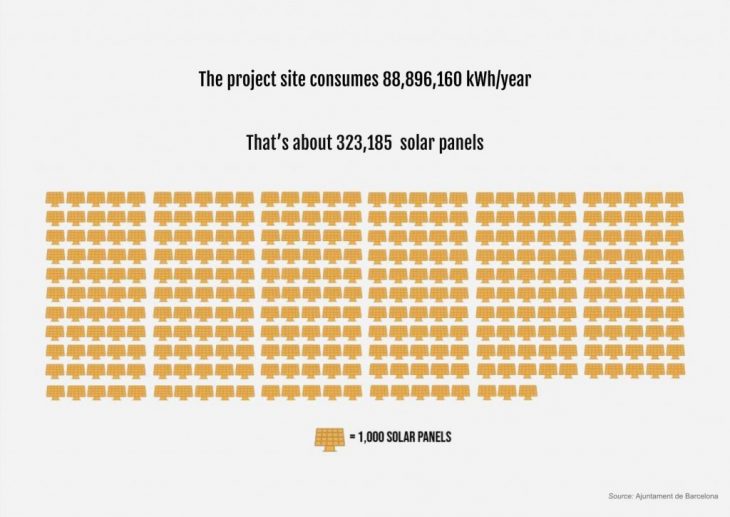
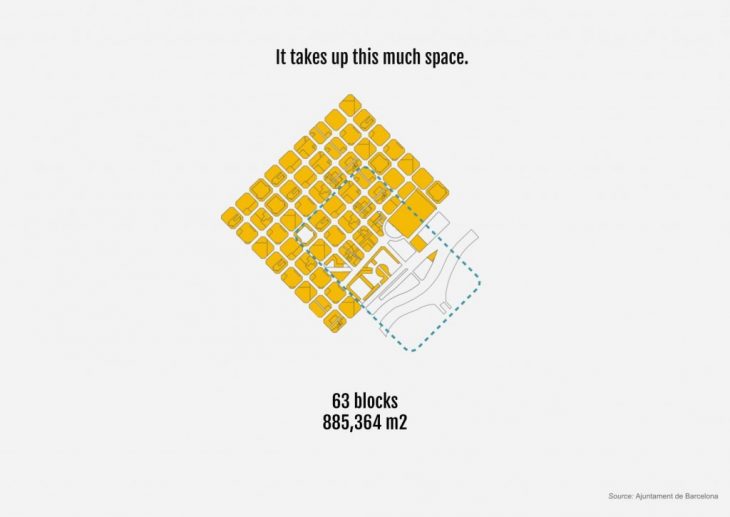
Taking into account of these constraints, our design solution combined five elements listed below in order to re-introduce self into self sufficiency so that energy becomes a personal issue.
- Public Space Design
- Gamification
- Public People Partnership
- Waste to Energy
- Participatory Grid
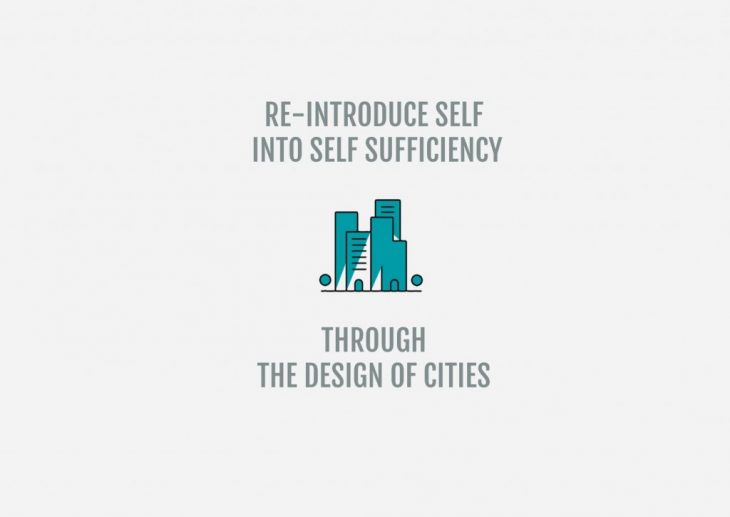
1. Public Space Design
Public spaces will be designed to bring awareness and engage citizens to increase energy production. For example, piezoelectricity will be installed in promenades and sidewalks. Citizens will produce energy just by walking in public spaces.
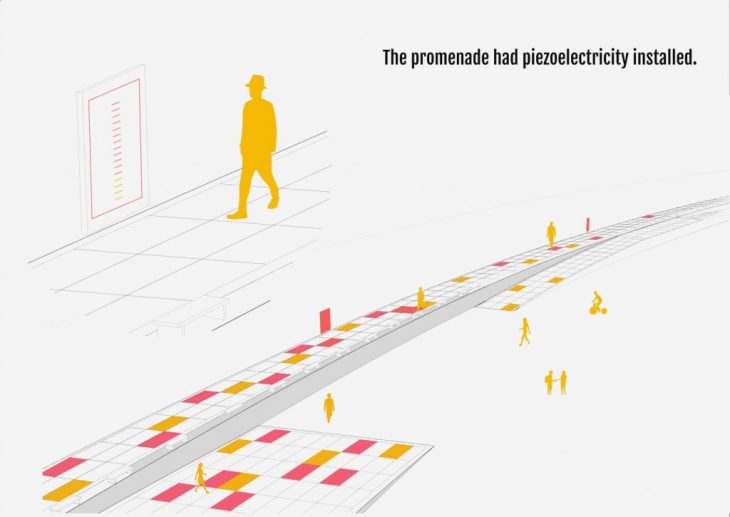
In addition, dynamo will be installed in Barcelona’s shared bicycle system Bicing. Citizens will produce energy by biking. Other technologies will be installed in public spaces throughout the city.
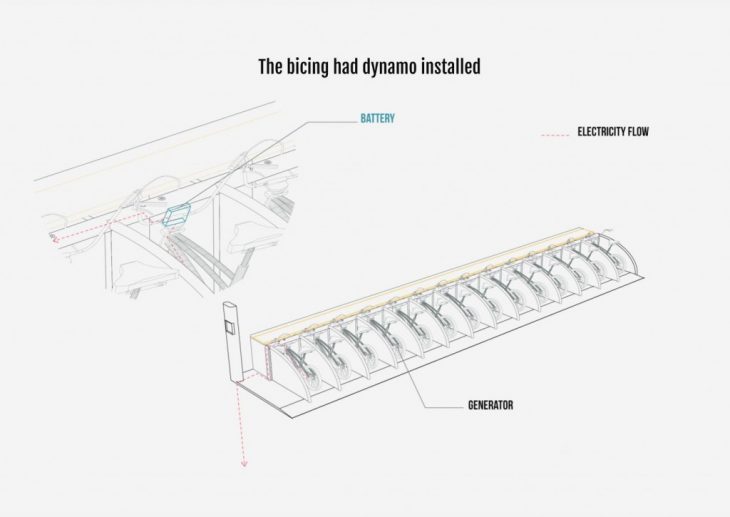
2. Gamification
Using a hyper connected digital platform, increasing energy production and reducing energy consumption will be fun and easy. As unaware citizens “Energy Newbies” stroll through the city, they will start producing energy and be notified on their digital devices.
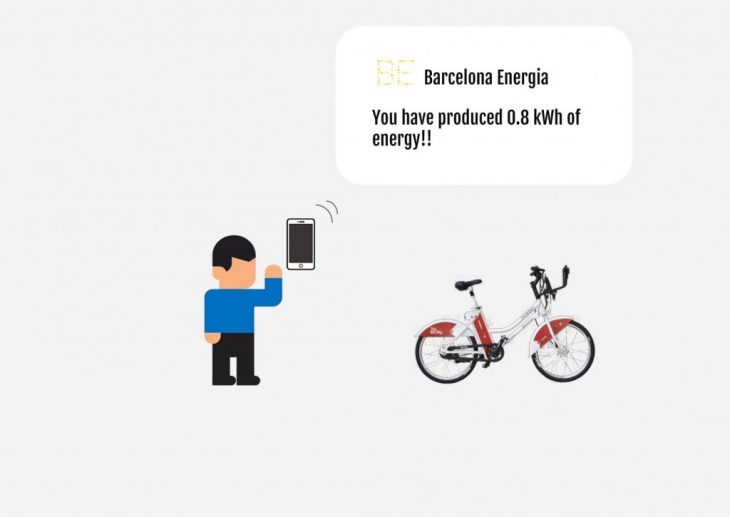
When citizens become more aware and engaged, they will level up to “Energy Rookie” and “Energy Pro.” By this time, they will have seen a significant reduction in their energy bill through actions such as reducing consumption at home and setting up solar panels on the roof.
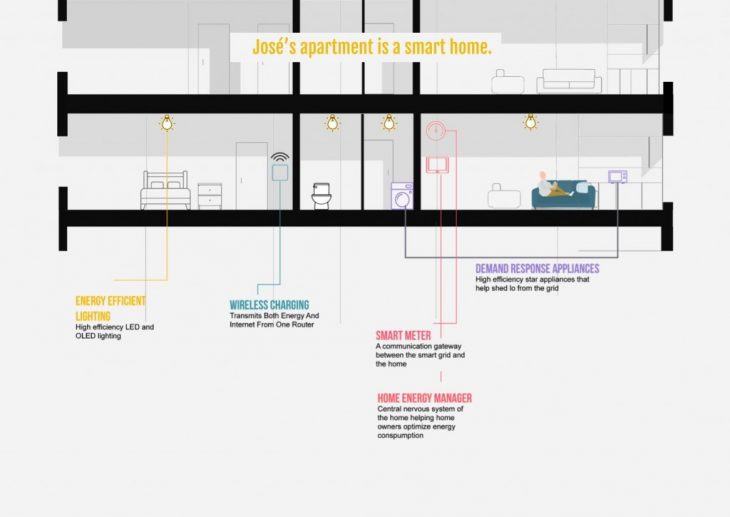
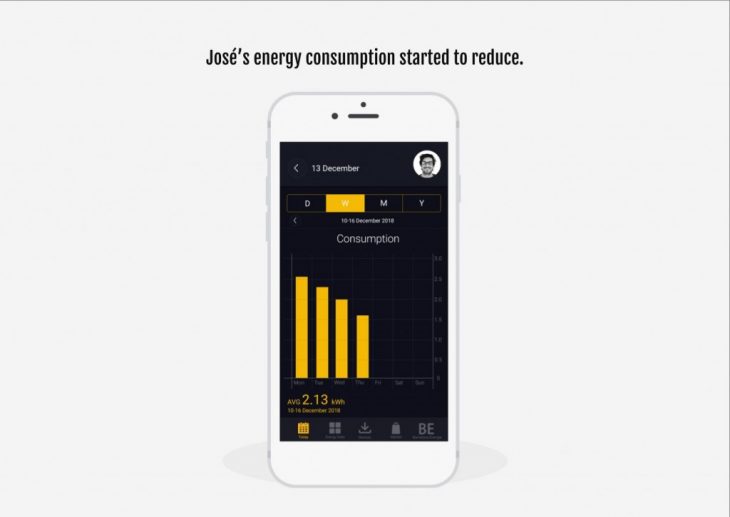
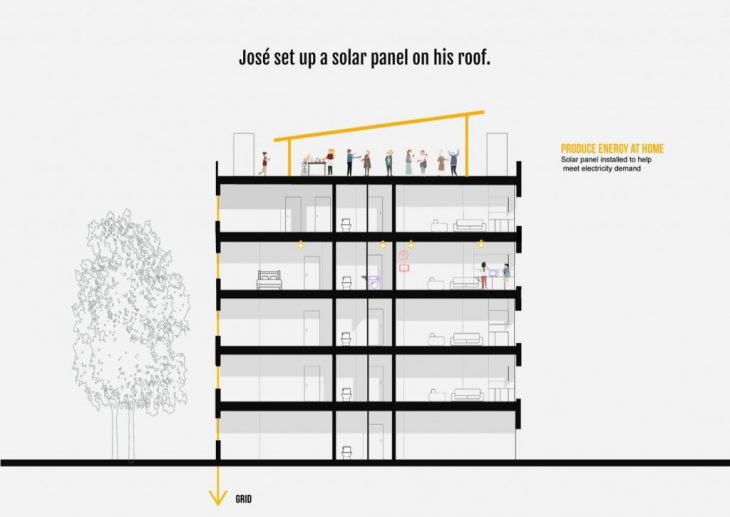
The final level is when energy production exceeds consumption and citizen starts getting paid. An “Energy Hero.” With many Energy Pros and Heroes in the city, Barcelona’s energy self sufficiency will start to improve.
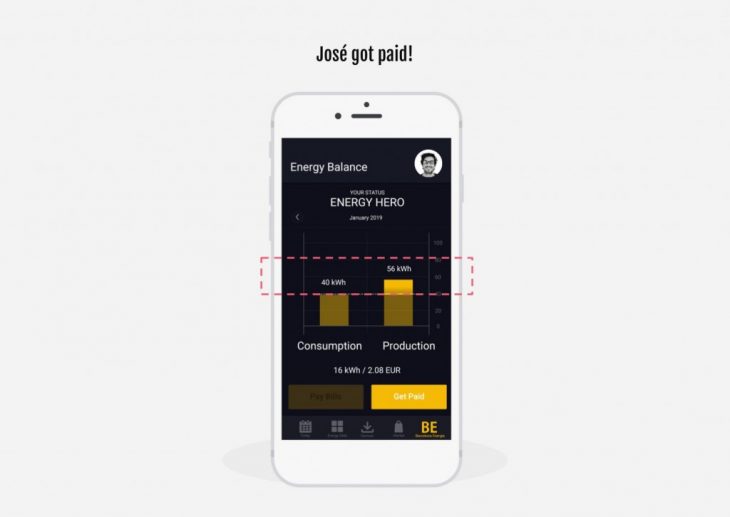
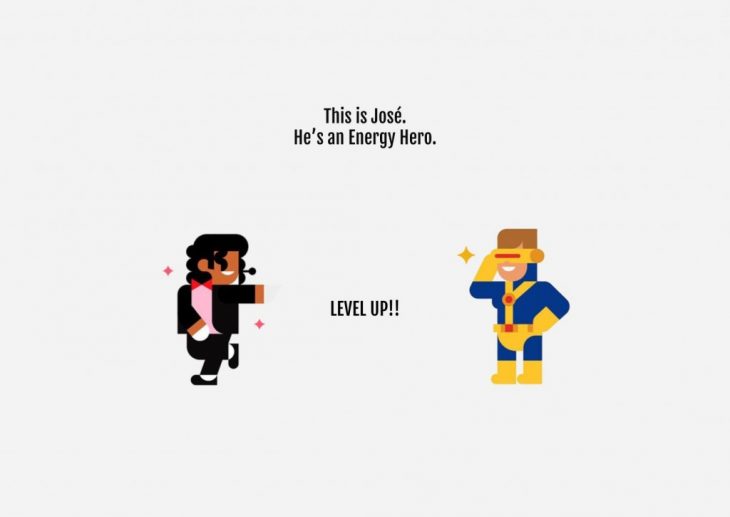
3. Public People Partnership
For citizens who do not have enough space to produce energy, the city will provide opportunities to invest in renewable energy production infrastructures. Citizens will buy the rights for the energy produced in public spaces, while the city recovers parts of the infrastructure cost.
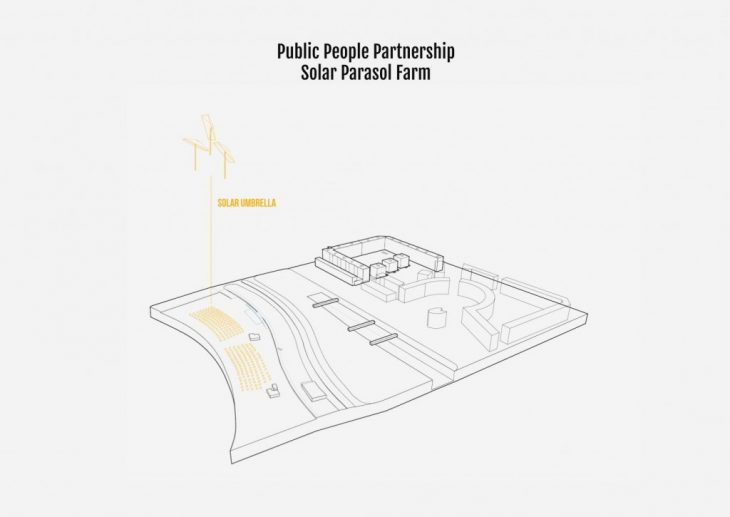
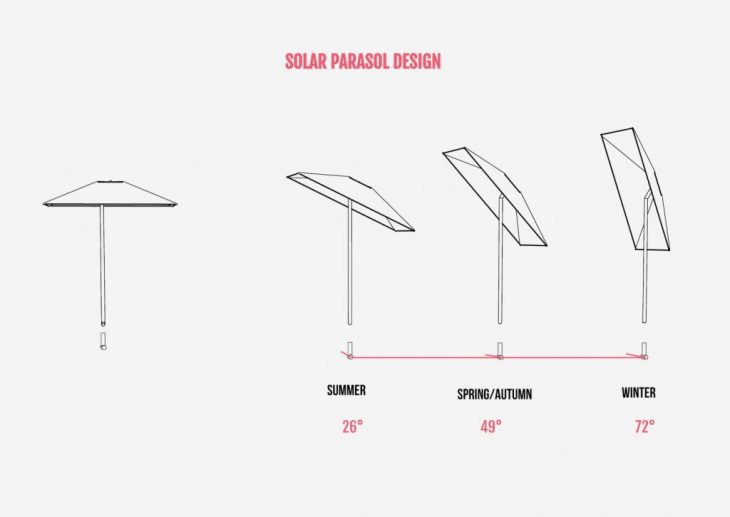
4. Waste to Energy
Waste will be collected more efficiently so that waste will be reused or used as an input to produce different forms of energy such as electricity, heat, biogas and others.
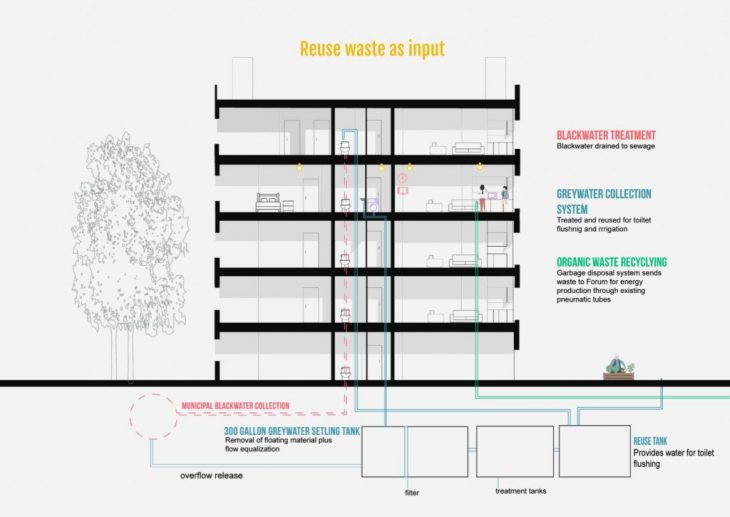
5. Participatory Grid
Citizens will be able to buy and sell energy directly and instantly thorough the city’s grid using plug and play device, which connects home appliances, energy producing devices, and the grid. The transactions will be secured with the application of blockchain. The grid will be 100% renewable supplemented by the city’s large scale renewable energy production. We no longer have to talk about going off grid to be clean.
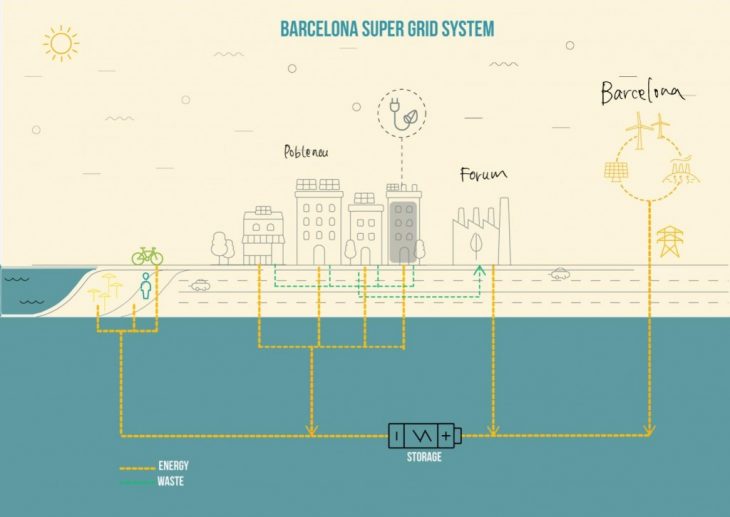
Data will be collected so that citizens can track their energy production and consumption on their devices and the city will be able to control the supply and demand of energy more efficiently.
Re-introducing Self into Self Sufficiency is a project of IaaC, Institute for Advanced Architecture of Catalonia developed at Master in City and Technology in 2018/2019 by:
Students: Natalie Adhiambo Ouma and Luna Nagatomo
Faculty: Vicente Guallart, Mathilde Marengo, and Honorata Grzesikowsa